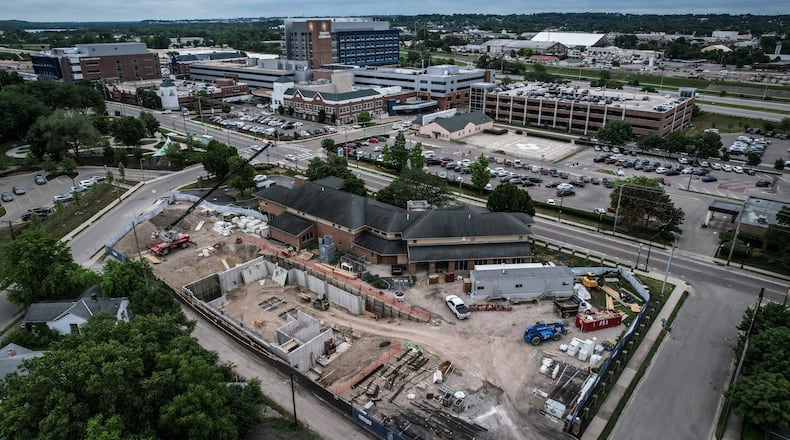City Manager Shelley Dickstein said there’s more investment going on in the city’s neighborhoods than there is in downtown, which she called a “huge pivot” from past years.
“The work that we’ve been doing for the last 10 years around our asset-development strategies is paying off,” she said. “It is super exciting to see that kind of investment happening out in our neighborhoods.”
But Commissioner Shenise Turner-Sloss said some of the city’s neighborhoods are in worse shape than ever before and many people in the community are not seeing and feeling the benefits of the investments that are taking place.
“We need to make a concerted, intentional effort to make sure that our residents are really truly seeing the investment in the neighborhoods,” she said. “And we’re on that path of doing that.”
Turner-Sloss said hopefully residents will see eyesores in their neighborhoods torn down and other improvements as the city spends its $138 million in federal COVID relief aid.
City staff recently provided an economic development update where they said about two dozen major projects are investing about $1.3 billion across the city.
Downtown alone has about $292.8 million worth of projects in the works, according to city estimates.
By comparison, about $558.9 million is being invested into the northeast, southeast, southwest and northwest parts of the city.
The investments downtown include the construction of hundreds of new apartments.
City Manager Dickstein said these housing projects were completely private investment. She said local government is not responsible for private property and housing development.
Dayton is reaping the benefits of projects that took years of planning, partnerships, behind-the-scenes work and countless stakeholder and community engagement meetings, said Veronica Morris, Dayton’s economic development supervisor.
Morris said Dayton only contributed about $6.7 million in incentives to the 25 major projects.
She said that means the city received a return on investment of about $198 private dollars for every $1 in public funds provided.
“We are committed to the growth (of the city) and building a Dayton where people want to live, work and play,” Morris said.
Mayor Mims said it’s important to highlight the many projects in the city because residents might not know about the good things going on and that could be headed their way.
“It creates hope,” he said. “Many people say, ‘There’s nothing happening except for downtown.’ Once you get out of downtown, you see there’s things happening all over the city.”
City Commissioner Darryl Fairchild said the economic development update shows there’s clearly a lot of exciting projects happening around the city.
But he said it’s disingenuous to suggest that $1.3 billion is being invested in Dayton’s neighborhoods when most of that money is going toward projects around the airport and downtown.
In response, Todd Kinskey, Dayton’s director of planning, development and community development, said downtown is a neighborhood.
Kinskey also said the numbers primarily illustrate that the city’s economic development strategies are working.
The city’s investment decisions and economic development strategies and priorities have been a point of contention in the Dayton City Commission races.
Incumbent Commissioners Matt Joseph and Chris Shaw are running for reelection on Nov. 7 and face challengers Marcus Bedinger and Valerie Duncan.
Joseph and Shaw say the quality of life and economic conditions of the city are improving and investments in downtown have spread into the neighborhoods.
Bedinger and Duncan have said the city has been too heavily focused on investments in urban core and that the neighborhoods have been overlooked and neglected.
About the Author




